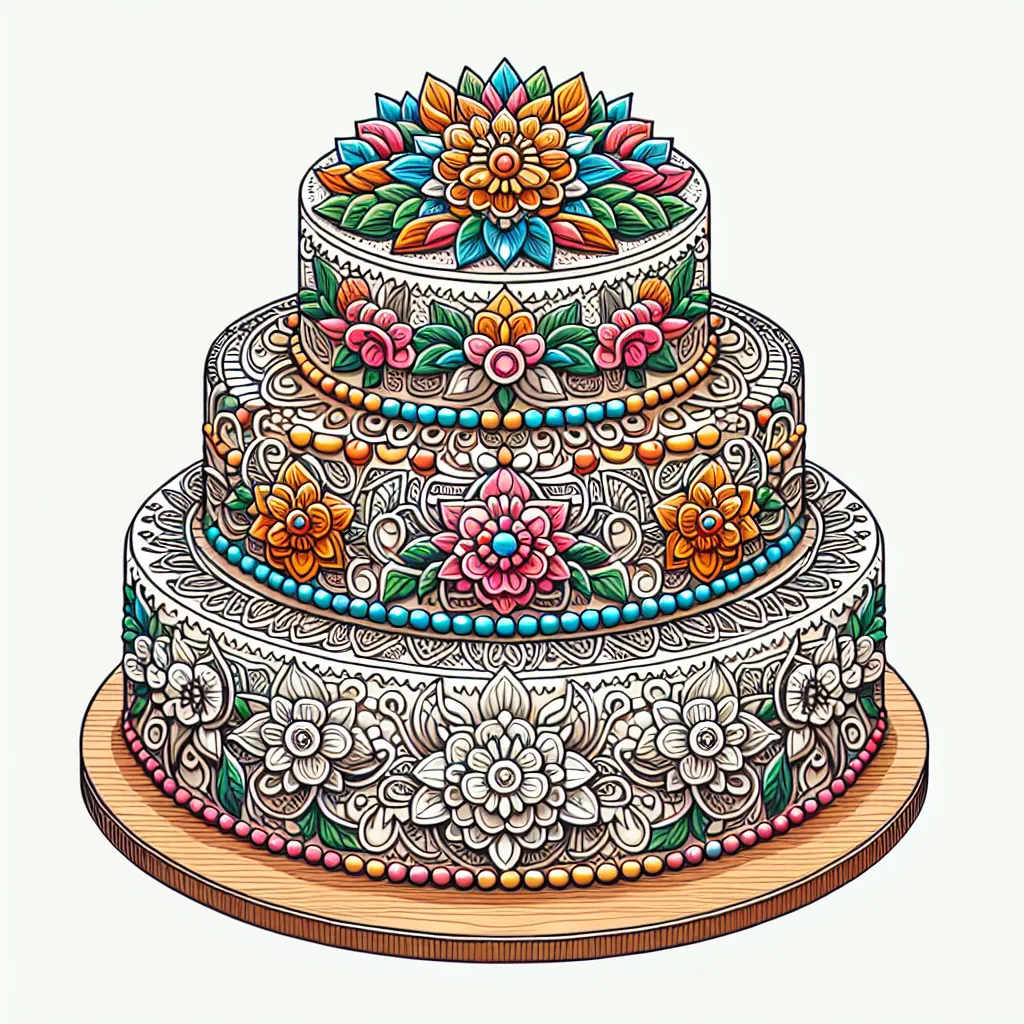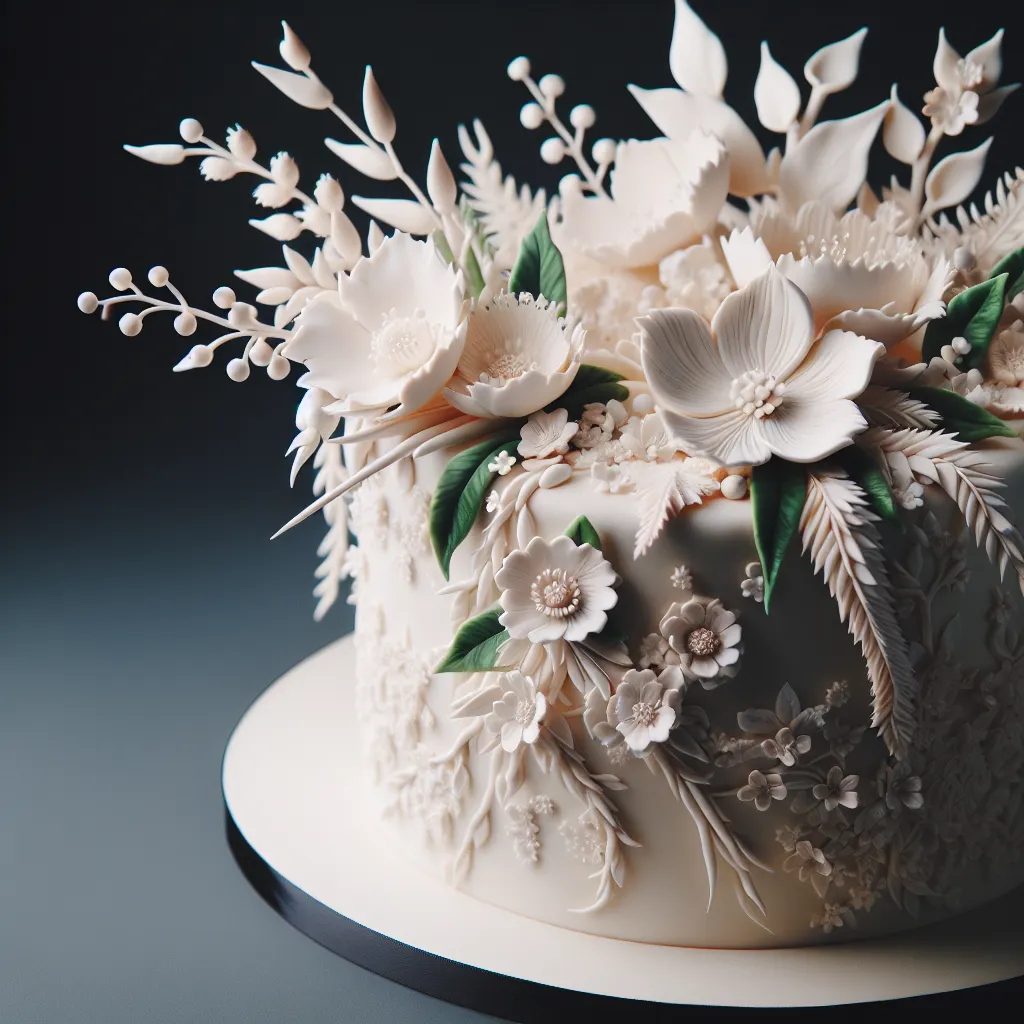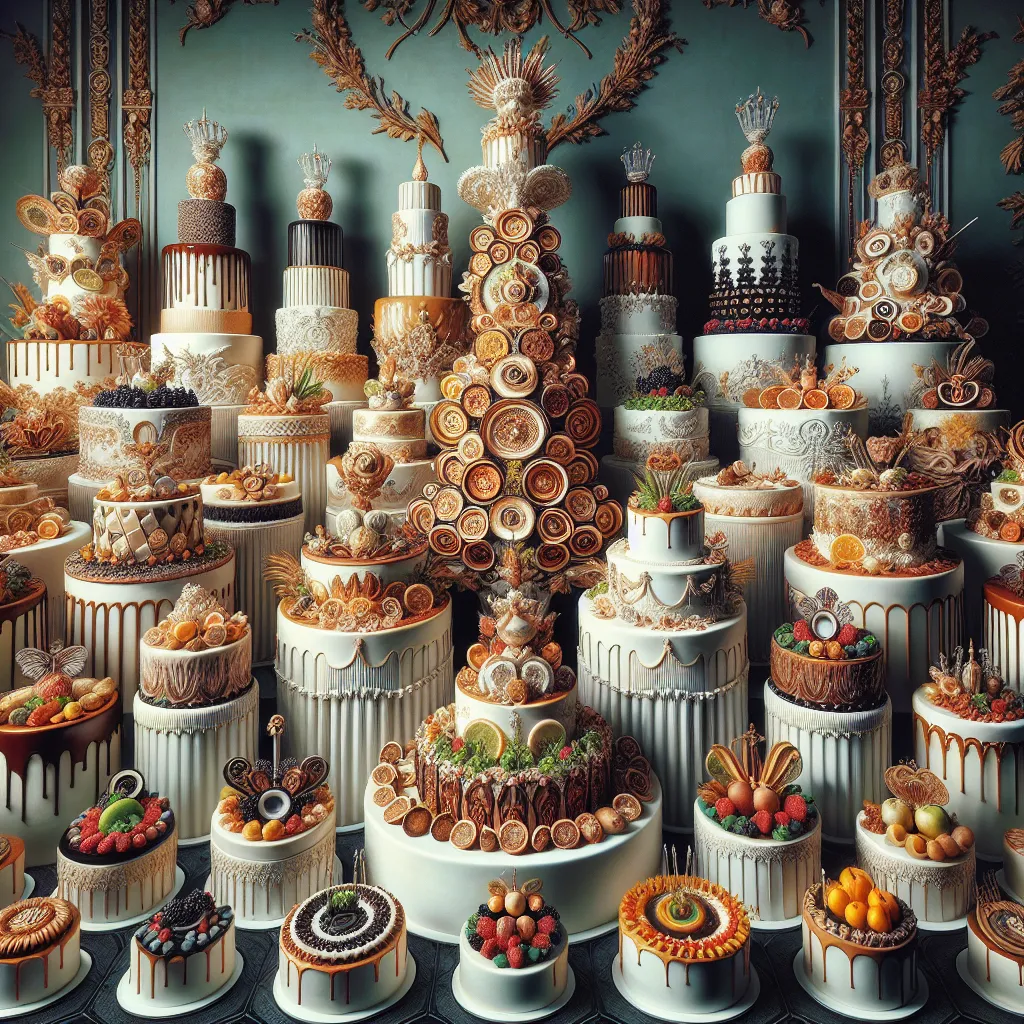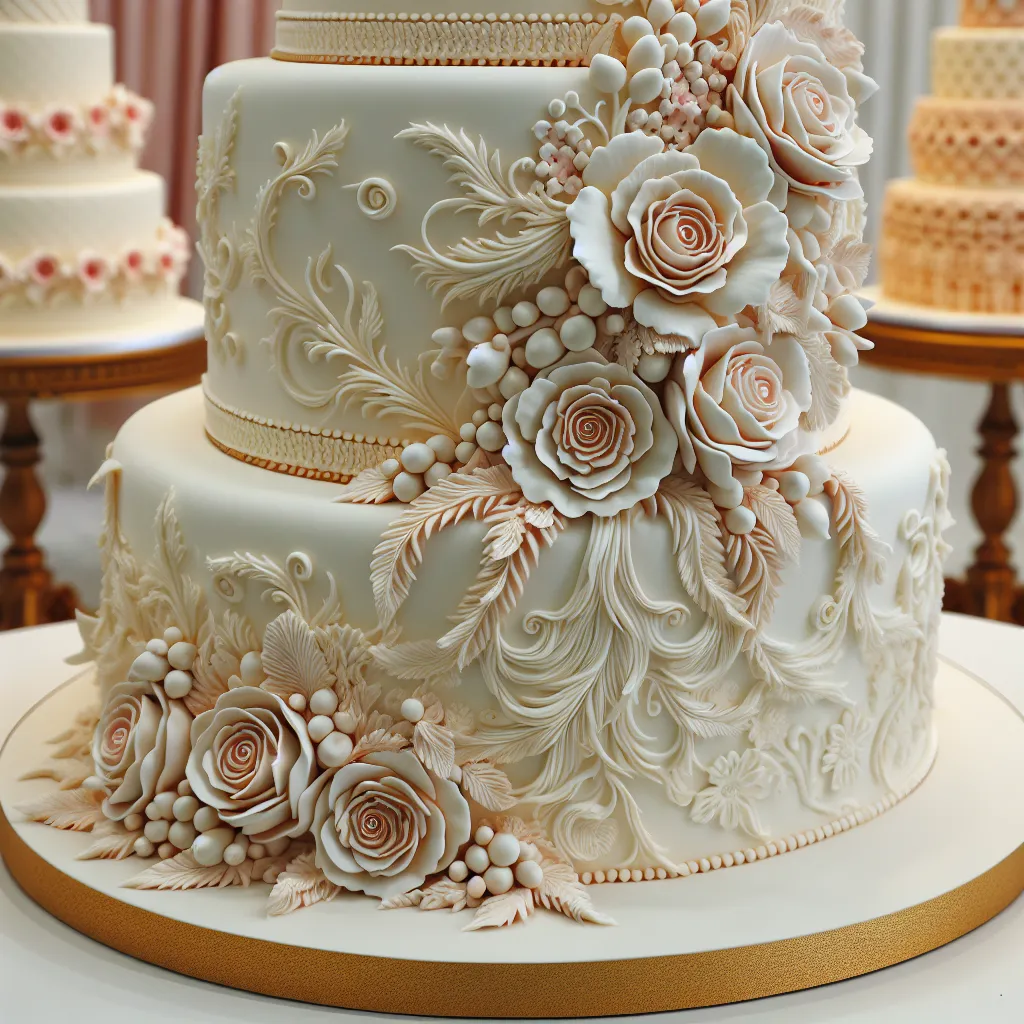The History and Evolution of Cake Baking
The history of cake baking is a rich tapestry woven with cultural influences and technological advancements. The tradition of baking cakes can be traced back to ancient civilizations such as Egypt and Rome, where sweetened bread dough was often enriched with nuts and dried fruits. However, it was not until the Middle Ages that the concept of a cake resembling what we know today began to take shape. During this time, honey, dried fruits, and nuts were widely used to sweeten bread, resulting in an early form of sweet cake.
As trade routes expanded during the Age of Exploration, new ingredients such as sugar, spices, and exotic fruits began to find their way into European kitchens, transforming the world of cake baking. The 17th century saw the introduction of baking powder, which revolutionized the texture and consistency of cakes. This innovation, along with the development of more efficient ovens, paved the way for the wide variety of cakes we enjoy today.
With the industrial revolution came the mass production of baking ingredients, making cake baking more accessible to people of all socioeconomic backgrounds. The 20th century brought further advancements with the invention of electric mixers, allowing for easier and faster cake preparation. Today, cake baking has evolved into an art form encompassing a multitude of flavors, decorations, and techniques, reflecting the diversity of global culinary traditions.
In conclusion, the history of cake baking is a testament to the human proclivity for creativity and innovation in the culinary arts. From its humble beginnings to the present day, cakes have played a role in celebrations, traditions, and everyday indulgences, making them a beloved and essential aspect of gastronomic culture around the world.
Mastering the Art of Cake Decorating
Mastering the Art of Cake Decorating
Cake decorating is an essential skill for any aspiring baker looking to create stunning and delectable treats. Mastering the art of cake decorating allows you to transform a simple cake into a work of edible art. With the right techniques, tools, and a touch of creativity, the possibilities are endless.
One of the key elements of cake decorating is the use of icing. Buttercream icing, known for its creamy texture and versatility, is a popular choice for decorating cakes. It can be used to create smooth finishes, intricate piping designs, and even delicate flowers. Fondant, a pliable sugar paste, is another favorite for cake decorators, as it can be molded into various shapes and provides a polished finish to cakes.
In addition to icing, mastering the art of cake decorating also involves learning various piping techniques. Piping allows for the creation of intricate designs, borders, and lettering on cakes. From simple dots and lines to elaborate floral patterns, mastering piping techniques adds a professional touch to your cake designs.
Furthermore, the use of edible decorations such as edible pearls, sugar flowers, and edible glitter can take your cake decorating skills to the next level. These decorations add sparkle, dimension, and elegance to your creations, making them visually appealing and irresistible.
Understanding color theory and how to use color effectively in cake decorating is also crucial. Whether it’s creating ombré effects, blending colors, or using contrasting hues, a grasp of color theory can elevate your cake designs and make them visually striking.
While mastering the art of cake decorating takes time and practice, the results are truly rewarding. Whether you’re aiming for classic elegance, whimsical charm, or modern sophistication, honing your cake decorating skills opens up a world of creative possibilities. With dedication and a passion for the craft, anyone can become a master of cake decorating and turn simple cakes into exquisite confections.
Exploring Unique and Exotic Cake Flavors
When it comes to the art of baking, exploring unique and exotic cake flavors can open up a world of creativity and culinary adventure. Introducing unexpected flavors into traditional cake recipes can elevate the sensory experience for both the baker and the lucky recipients of these delectable treats. From tangy citrus infusions to aromatic floral notes, the possibilities are endless for those who are willing to push the boundaries of conventional baking.
One fascinating aspect of exploring unique cake flavors is the opportunity to draw inspiration from a diverse range of cultural influences. For example, incorporating matcha green tea into a sponge cake can infuse a subtle earthy flavor and vibrant green color, adding a touch of Japanese elegance to the dessert table. Similarly, the rich and complex flavors of Middle Eastern spices like cardamom, saffron, and rose water can transport your taste buds to exotic locales with every bite of a spiced cake.
Furthermore, the use of unconventional ingredients such as lavender, earl grey tea, or even chili can add an unexpected twist to classic cake recipes, tantalizing the palate and sparking conversation among eager tasters. By fearlessly experimenting with a wide array of flavors, bakers can unleash their creativity and offer truly unique taste experiences to their audience.
In conclusion, the world of cakes is ripe for exploration, and embracing unique and exotic flavors is a delightful way to push the boundaries of traditional baking. Whether drawing from global cuisines, experimenting with unusual ingredients, or simply thinking outside the box, the art of baking becomes even more engaging and rewarding when we allow our imaginations to run wild with flavor possibilities.




